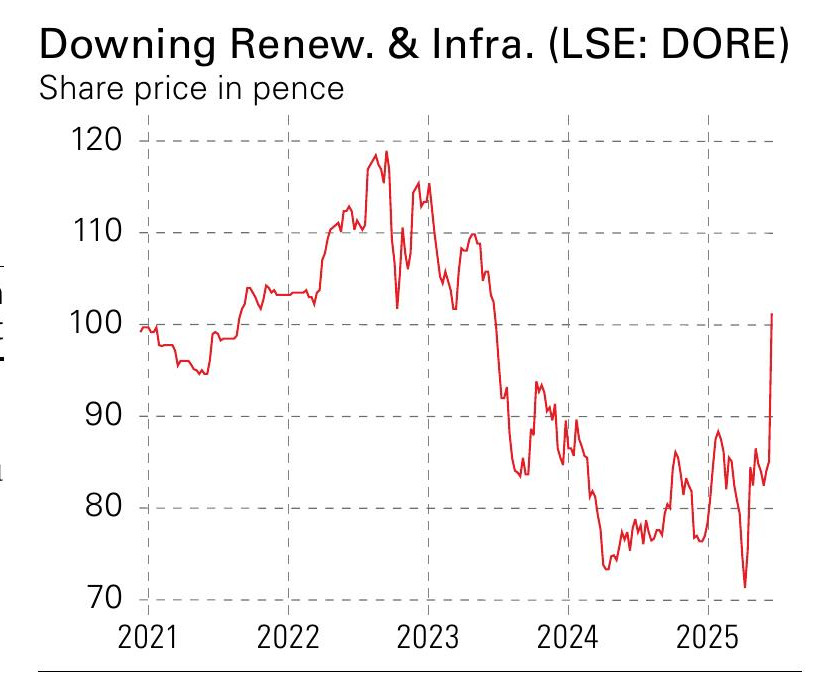The net asset value (NAV) of an investment trust is supposed to represent what would be left if you sold all its assets and paid off all its liabilities. For trusts investing in liquid, large-cap listed stocks, the NAV should be pretty close to what you would get in reality. For small-cap funds, you might receive less if you were selling large stakes or liquidating very quickly, but you would hope that it’s a fair reflection of what you would eventually get if you were not a forced seller.
Funds that invest in unlisted assets – private equity, real estate, infrastructure and so on – are different. There’s no continuous market price for the assets, so the NAV is calculated from other data. These might include: recent private transactions for stakes in the same assets; prices at which comparable assets have sold; net present value based on forecast cash flows discounted back to today; or some other method.
Sign up to Money Morning
Don’t miss the latest investment and personal finances news, market analysis, plus money-saving tips with our free twice-daily newsletter
Don’t miss the latest investment and personal finances news, market analysis, plus money-saving tips with our free twice-daily newsletter








